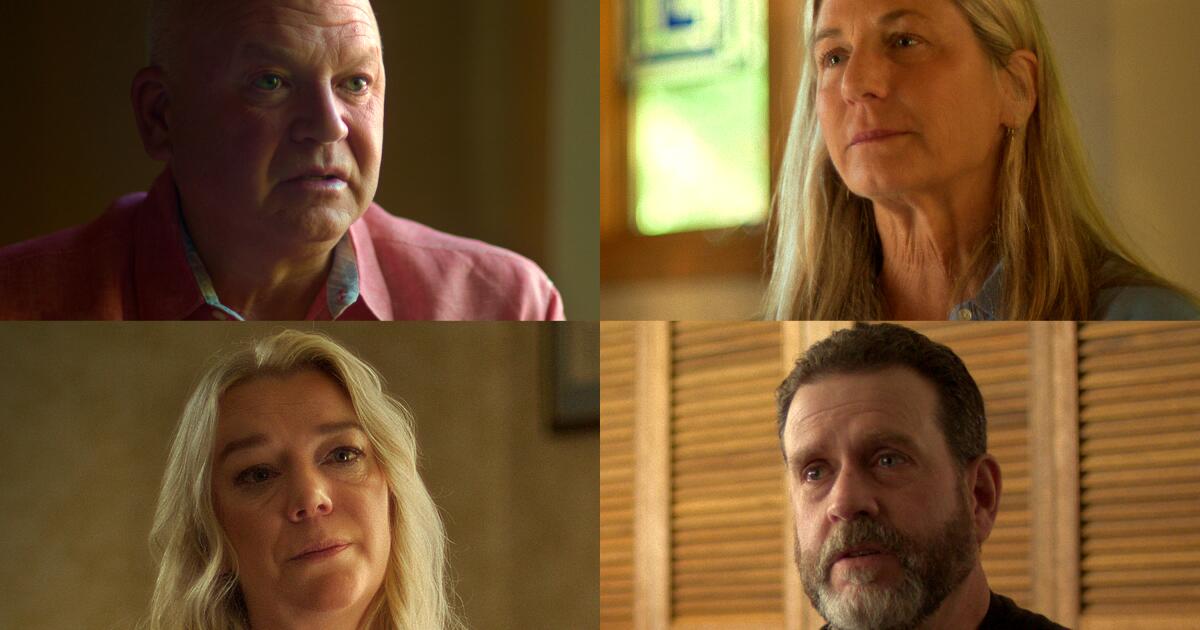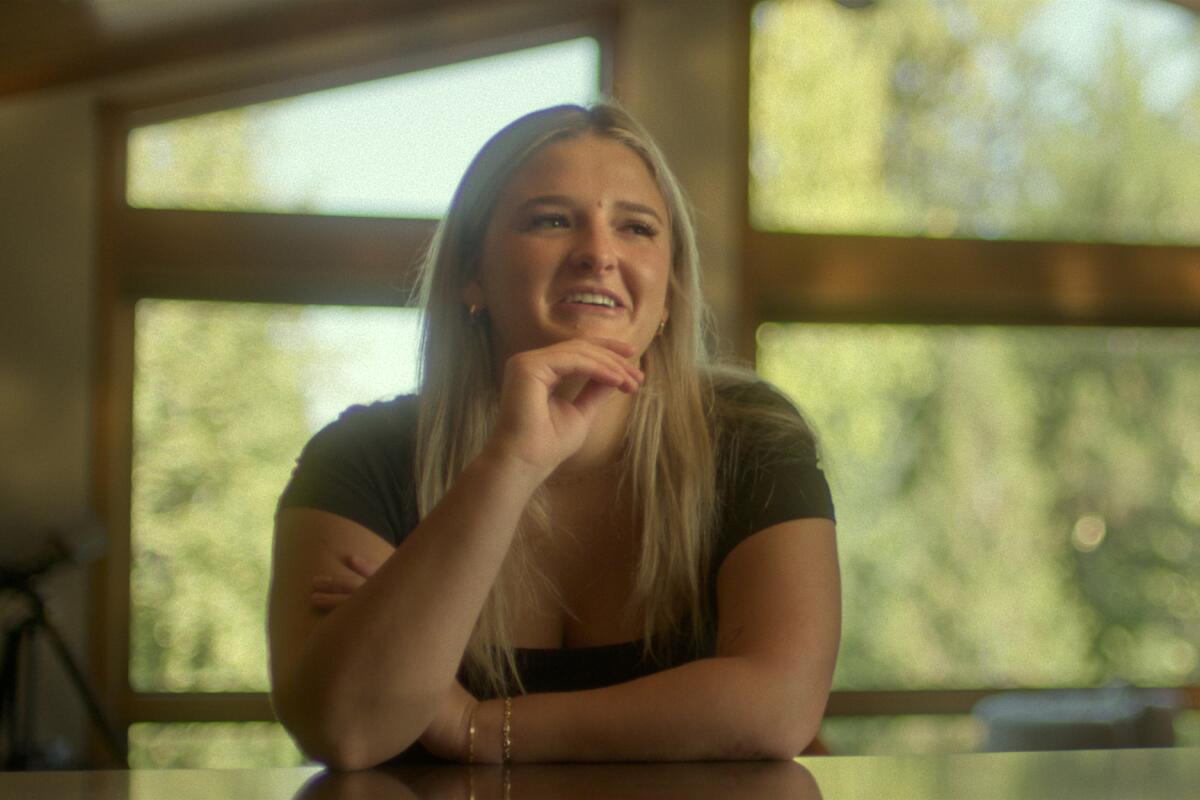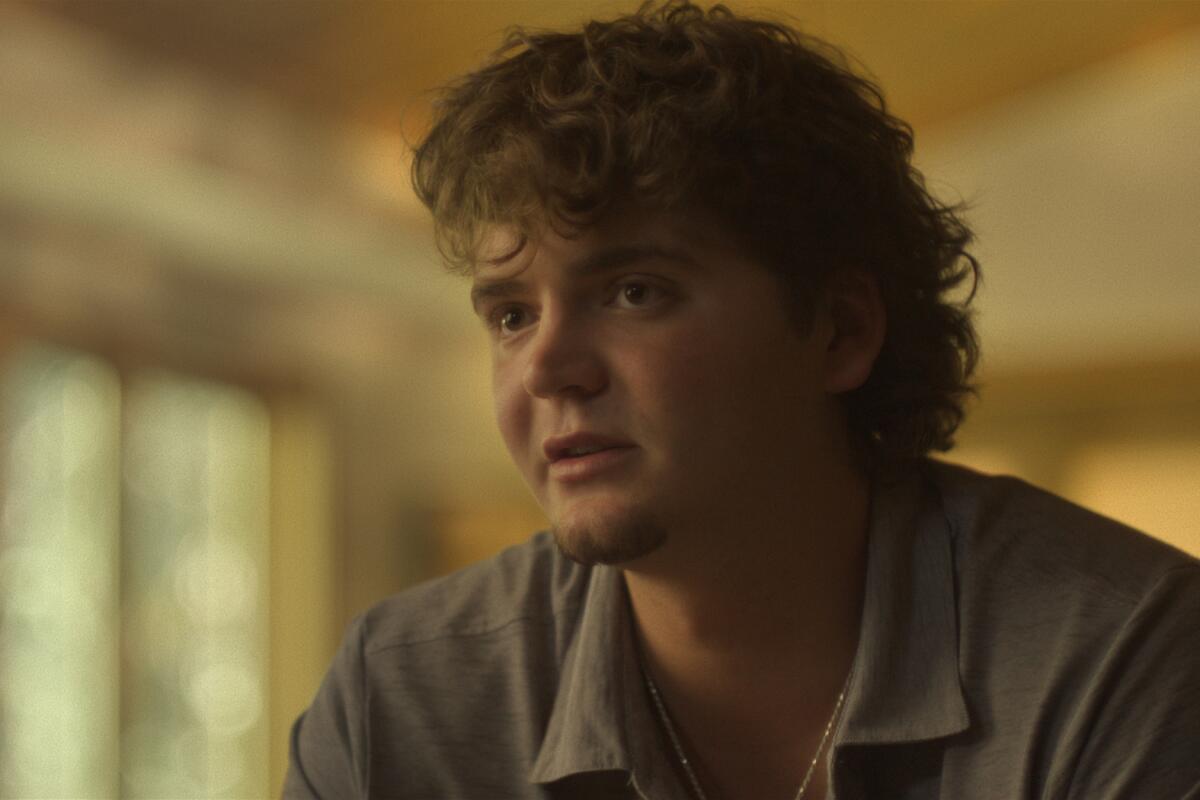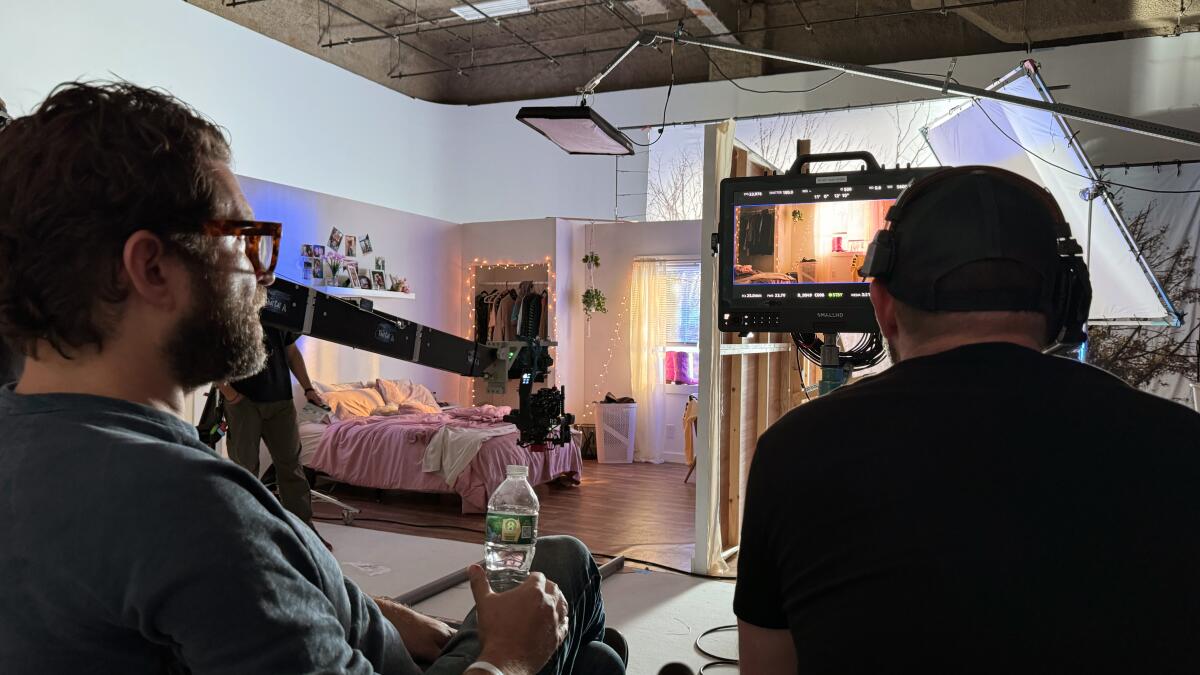‘One Night in Idaho: The College Murders’ focuses on victims’ families

It’s the biggest question that’s been asked over and over again about the night of Nov. 13, 2022, when four University of Idaho students — Ethan Chapin, Xana Kernodle, Madison Mogen and Kaylee Goncalves — were brutally stabbed to death in their off-campus house in the college town of Moscow, Idaho: Why?
With no apparent motive or clue as to who could have committed such a heinous crime, Moscow became the epicenter of an intense investigation and a social media storm that Prime Video’s “One Night in Idaho: The College Murders” delves into over four episodes dropping on Friday.
Liz Garbus (“Gone Girls: The Long Island Serial Killer”) and Matthew Galkin (“Murder in the Bayou”) share directing and executive producing duties on the docuseries, which is based on reporting by author James Patterson and investigative journalist Vicky Ward, and they knew early on what angle their production would take. “We decided that a very interesting and unexplored angle was to see what it was like inside the eye of the hurricane,” Galkin says. “So, for the people, the family members, the friends of the victims that had not ever spoken to the media, that was where we chose to focus our energies as far as access is concerned.”
That included exclusive interviews with Stacy and Jim Chapin, parents of 20-year-old Ethan, and Karen and Scott Laramie, parents of 21-year-old Mogen, who have never talked about the murders — despite numerous projects on the subject — and how it ripped apart not only the town of Moscow but their respective families.
Garbus and Galkin talked with The Times about how they gained the families’ trust, how social media affected the case, and the recent twists and turns that happened just before the series was set to air. For one, on July 2, primary suspect Bryan Kohberger, a former criminal justice doctoral student who was arrested six weeks after the murders, entered a plea agreement with a full confession of the murders — done to avoid the death penalty — just weeks before his trial was set to begin.
This conversation has been edited for length and clarity.
What were the origins of your involvement in the production and with crime novelist James Patterson?
Matthew Galkin: This was a story that I started tracking, obviously, when it happened, which was mid-November of 2022, and I didn’t make any outreach to any key people within the story, any of the families, until it was almost spring of 2023. We were tracking it to see how it developed once they made an arrest and once we could see the contours of the story and that things like social media played a major part in the energy created around this story.
Liz Garbus: Concurrently, as Matthew was laying the foundation for this by reaching out and trying to see where the families were on this story, I got outreach from James Patterson’s company about their interest in collaborating on a project around this case. That was quite fortuitous, and we laid some of those building blocks together and shared access and research. The film was made by its filmmakers, and the book [“The Idaho Four: An American Tragedy” by Patterson and Ward, which is being released on July 14] was reported by its writers, so they were operating on parallel tracks. We were able to support and help each other, but, truly, Matthew’s original outreach to the Chapin family is what laid the building blocks for this show and is really the bedrock of it.

Matthew Galkin, co-director of Prime Video’s “One Night in Idaho: The College Murders.”
(Matthew Galkin)
How was the gag order for law enforcement and other key people close to the case a challenge in telling your story?
Galkin: In this particular story, there was a probable cause affidavit that was filed in early January of ’23, which really laid out, up to that point, what investigative details existed in order to bring law enforcement toward the suspect and ultimately make the arrest. So we were able, at the very least, to tell that story through the details we learned through the probable cause affidavit.
It’s always a challenge if you don’t have all of the participating members of a story to try to tell the complete story. But in my past work, we tended to pick projects that are victim-centric more than law enforcement-centric. I’ve had experience telling stories through that perspective, so in a lot of ways, the limited access that we had actually lined up with the story we were trying to tell anyway.
Garbus: Even on “Gone Girls,” which was a show I made recently for Netflix, those murders were 10, 20, 30 years old. There were no gag orders, but there were certain people who didn’t want to talk for their own reasons, so sometimes, as documentary filmmakers, you have to pick a lane. What are you bringing to the story? What point of view can you fully express? And we clearly had that lane here.
And when you have that lane so clear early on, does that actually help get people to talk to you, especially those who hadn’t spoken to anyone before?
Galkin: I flew out to Washington state, and the first contact I made was to Jim and Stacy Chapin, who are the parents of Ethan, Hunter and Maizie. I convinced them to let me take them to lunch and just talk through what our vision of how to tell the story would be. I was probably the 50th in line to try to make a documentary project about it. They’ve been inundated at that point, and it was probably five or six months of journalists, documentary filmmakers [and] podcasters just coming out of the woodwork.
I know for a fact they looked at Liz’s track record, they looked at my track record, and I think they felt comfortable in the fact that if we were going to do crime stories, they were not usually from the killer’s point of view or even from law enforcement point of view. It’s usually from family or victim, so I think that gave them some comfort to know that they would have real input in how Ethan’s story was told. They liked the idea of picking one project to really go deep on and be able to help put Ethan’s narrative out to the world through their own voice, as opposed to other people who didn’t know Ethan telling it.


Maizie and Hunter Chapin were Ethan’s siblings. Both were interviewed for the documentary along with their parents. (Courtesy of Prime Video)
Did you know early on that social media would play such a big part in the case?
Galkin: It was actually the two main topics of conversation. My first conversation with the Chapins was our vision of how we were going to tell the story and also their experience dealing with the insane noise and pressures of social media sleuths and people reaching out, going into their DMs, creating theories about their children, about them, about their children’s friends — just the insanity. Obviously, there have been crime stories that deal with social media, but I have never experienced something of this magnitude with this much social media attention.
Garbus: Social media has become much of the atmosphere in the telling and digestion of crimes in the American public’s imagination of them. In some cases, it can be helpful, like the case of the Long Island serial killer, where the victims were not commanding national interest, and social media and advocates can play a huge role. Then there are other times in which the voracious appetites can overtake the story.
In your series, you don’t spend a lot of time dissecting all the gruesome details of the murders. Was that due to the law enforcement gag order?
Galkin: Maybe a little, but it was also a choice of ours. There are many other projects, documentary series or news specials about this case that go into all of the really horrific details of what happened in that house. It was a conversation from the beginning of how do we present this so it’s factual. We’re not necessarily avoiding things, but we didn’t feel like there was a reason to linger on those details because there were other aspects of the story that were of more interest to us.
Garbus: When you’re with these families and you experience the grief and trauma through them, that’s kind of what you need to know. The ways in which the ripple effect of the trauma has affected this entire friend group and all of these young people, that speaks volumes to what happened that day and we wanted to experience it through them.
Given the recent developments with Kohberger’s plea deal, did you change the tag at the end of your show?
Garbus: Thanks to some great postproduction supervisors and assistants, we will be updating the end card to have viewers be up to date with the plea.

Matthew Galkin and director of photography Jeff Hutchens on set of the re-created King Road house, where the murders occurred, in “One Night in Idaho: The College Murders.”
(Matthew Galkin)
In the latter half of the series, there’s talk about Kohberger and the notion of him being an incel, or involuntary celibate [where a person, usually male, is frustrated by a lack of sexual experiences]. How did that help understand a potential motive in the murders?
Garbus: That was something that was very interesting to us right at the beginning: Why were these young women targeted? We may never know with this plea deal now and it may remain a mystery, but there were signs, for sure, about involvement in that culture for us to explore that angle. As families watch this and they’re sitting with their sons and wondering what they might be doing online, this is the kind of conversation that people need to be having about the media, the infiltration of messages that young men receive today and it’s only getting more extreme in this moment.
Was four episodes always the amount to tell this story? Obviously, the case is still unfolding with Kohberger’s plea agreement. Could a sequel happen?
Galkin: Four episodes felt like the right amount of space to tell the story that we told. Obviously, there are still chapters unfolding, and if there is an appetite to continue to tell this story with our subjects and all of our partners, then certainly I think we’d be open to doing that. But we feel like we told a complete story here … every episode offers a pivot as to the perspectives that we’re seeing this case through, and every episode has a different lens.
Garbus: Clearly, our filmmaking stops at a certain point. You’ve had this plea deal, and the gag order will be lifted, so it is a capsule of time of what the families knew and understood since this tragedy happened up until a couple of months ago. We will see over the next weeks and months how much more we will learn, but it is a fragment of experience very much rooted in time.
Since there is so much interest in this case with many podcasts, documentaries and news stories out there, do you worry about that at all?
Garbus: In some ways you don’t think about it, but at the same time, when you’re setting off to make a project like this, you want to make sure you are saying something unique. We’re going to spend X number of years of our lives on this, and you want to make sure you’re adding something new to the discourse on the case. And, of course, it matters to us that this is the place where the Chapins and the Laramies will tell their story and that we are able to take care of it for them and the friends in the way that we intended. It matters just in that you want to make sure you have a lane that’s needed in the discourse and I think in this case we felt very clearly that we did.
Galkin: We knew from Day 1, given the access that we had, that our series would be unique to anything else on the market, because these are people that have never told their story before, and the way we were planning on doing it, which was truly from the inside, without any sort of outsider voices. So that was not an anxiety for us.




